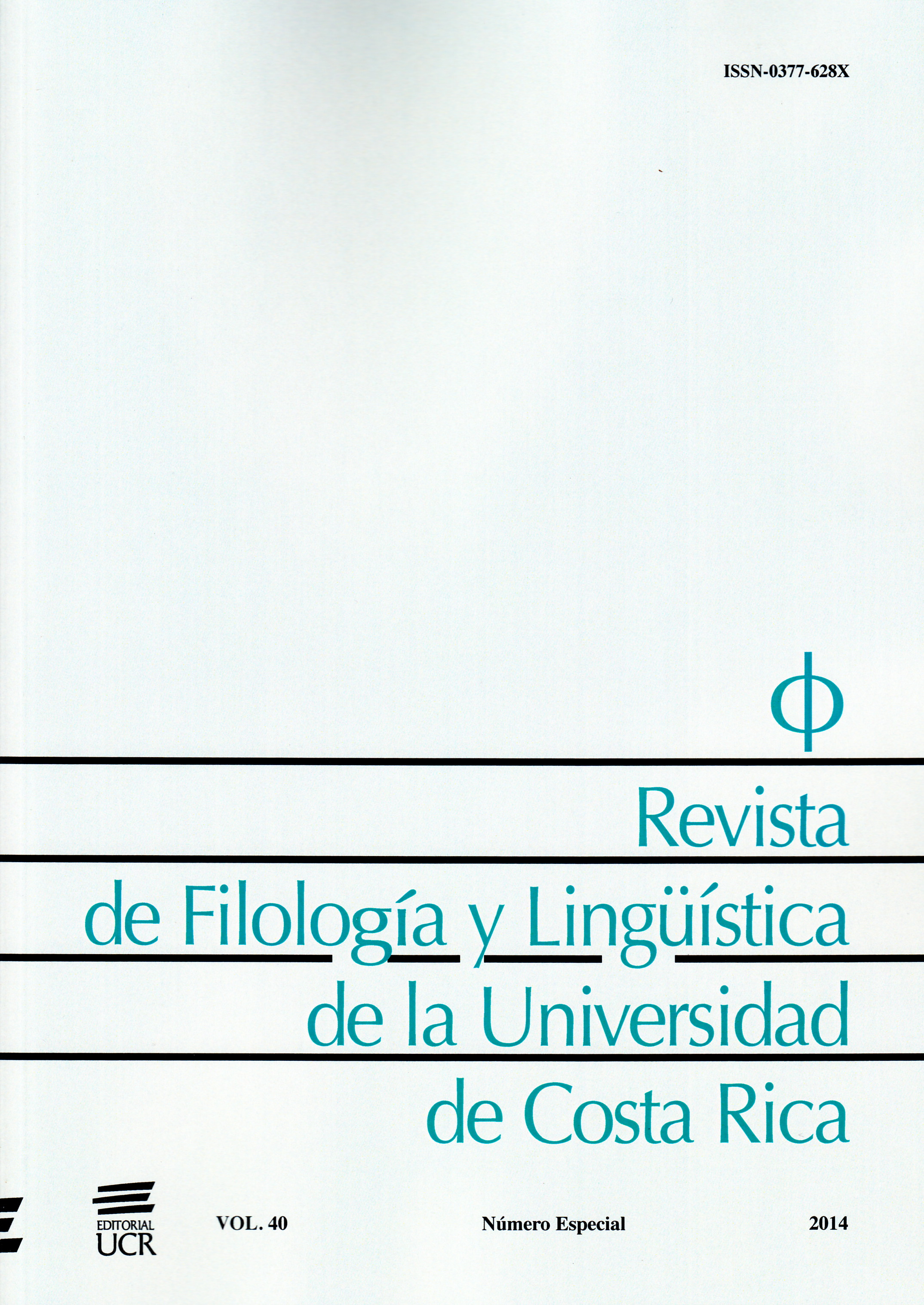Abstract
This article considers the culinary discourse in the novel Hombres de Maíz by Miguel Angel Asturias. The food system is as a semiotic space where is possible to read the history and culture. The rituals of culinary consumption are central in the text, especially in relation with the corn, the sacred plant of the foundation myth. We analyses the elements of communal dishes and the metaphors that relates people with the food. To explain these metaphors it is considered the triadic model of Lévi-Strauss, who considers the raw, the cooked and the rotten, as culinary steps associated with different stages of culture. In this case, we conclude that there is no dichotomy between civilization and barbarism, but a process of cultural hybridization, very evident in the mix of ingredients and dishes served in this literary semiotic process.
References
Asturias, M.Á. (1970 [1930]). Leyendas de Guatemala. Barcelona: Salvat.
Asturias, M.Á. (1992). Hombres de maíz. [Edición crítica G. Martin]. Madrid: Archivos CSIC.
Balzer, C. (2001). Las huellas del Popol Vuh en dos obras de Miguel Ángel Asturias. Revista literaria Alba de América. 20 (37 y 38), 245-257.
Barthes, R. (1971). Elementos de Semiología. (A. Méndez, tr.). Madrid: Talleres gráficos Montaña.
Bhabha, H. (2010). Nación y narración entre La ilusión de una Identidad y Las diferencias culturales. Buenos Aires: Editorial siglo XXI.
Carpentier, A. (2004). América, la imagen de una conjunción. Barcelona: Anthropos Editorial.
García-Canclini, N. (1990). Culturas híbridas. Estrategias para entrar y salir de la modernidad. México: Grijalbo, Consejo Nacional para la Cultura y las Artes.
Geertz, C. (1992). La interpretación de las culturas. Barcelona: Gedisa.
Kristeva, J. (1974). El texto de la novela. (J. Llovet, tr.). Barcelona: Lumen.
Lévi-Strauss, C. (1968). Mitológicas I. Lo crudo y lo cocido. México: F.C.E.
Lévi-Strauss, C. (1995). Tristes tropiques. Le grand livre de l’ethonogie contemporaine. Paris: Brobard & Tupin.
López-García. J. (2003). Símbolos de la comida indígena guatemalteca: una etnografía de la culinaria Maya-Ch'orti'. Quito: Ediciones Abya-Yala.
Lotman, Y. (1979). Semiótica de la Cultura. Madrid: Cátedra.
Martí, J. (1979). “Nuestra América”. En: Colección Pensamiento de Nuestra América. Tres documentos de Nuestra América. La Habana: Casa de las Américas.
Sandoval de Fonseca. (1975). Hombres de Maíz, trascendentalización de la existencia. Revista de Filología y Lingüística. (1), 1, 3-6.

